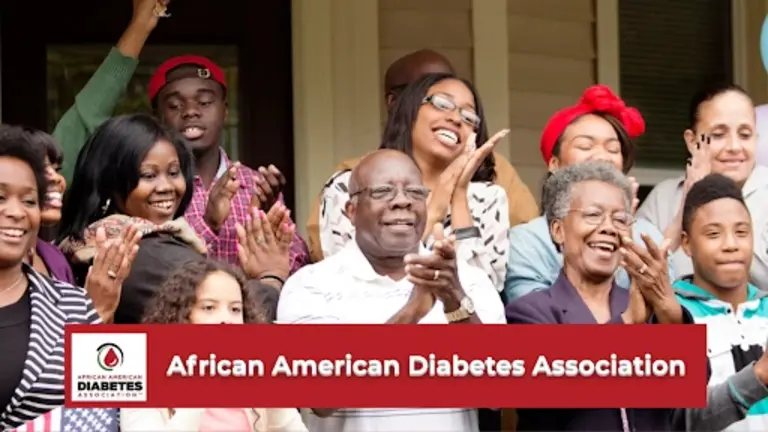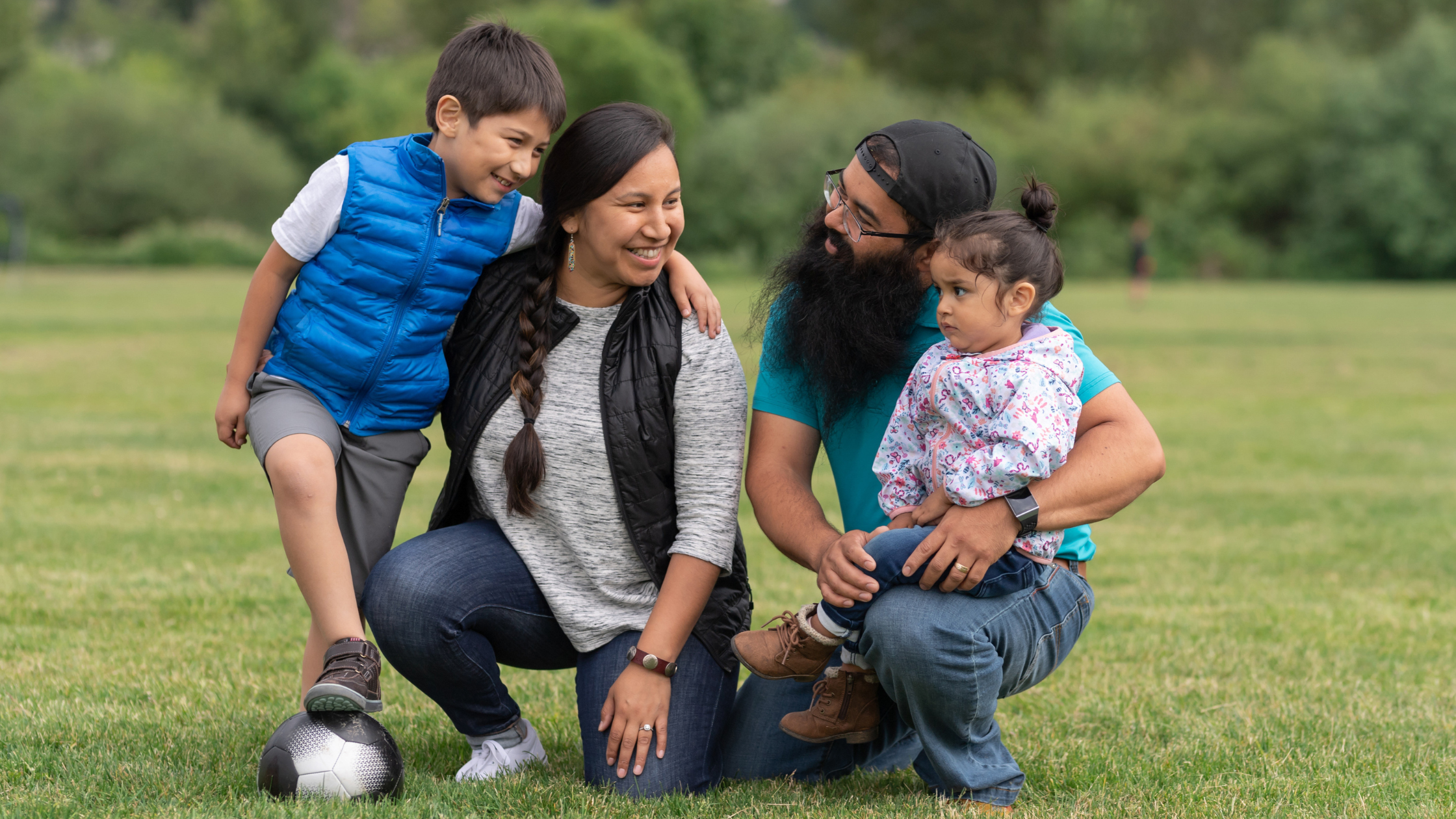
Millions in rural America face significant hurdles to routine diabetes screening, endangering their well-being. Limited access to crucial A1C testing and other healthcare services in these communities can lead to delayed diagnosis and treatment.
However, promising innovations such as telehealth, mobile testing units, and strong local collaborations are emerging as vital solutions to bridge the A1C testing gap and improve diabetes care in rural populations.
The A1C and Healthcare Access Challenge in Rural Areas
Rural communities face significant obstacles in accessing regular diabetes screening, leading to delayed diagnosis and treatment. Geographic isolation and a scarcity of healthcare providers create substantial barriers. Studies reveal that individuals in rural areas have a heightened risk of diabetes-related complications and poorly managed blood sugar levels compared to individuals in urban areas.
Transportation limitations and financial constraints can deter, especially those with prediabetes who may not exhibit noticeable symptoms, from seeking necessary screenings.
Consequently, lower testing rates in rural areas contribute to a higher prevalence of undiagnosed diabetes that can lead to other diseases and chronic conditions. Rural Americans are 17% more likely to have diabetes than their urban counterparts, underscoring the urgent need for improved access to diagnostic tools like the A1C test, which reflects average blood sugar levels and is crucial for both diagnosis and ongoing management.
Addressing these access challenges is essential for preventing long-term health complications, ensuring accessible diabetes care, and providing treatment for a broad range of health needs in rural populations.
Why A1C Testing Matters
A1C testing is a simple solution for individuals in rural areas to assess their metabolic health and manage diabetes. A1C reflects average blood sugar over a 2- to 3-month period and is key to diagnosing diabetes.
Detecting diabetes early is critical to prevent complications like nerve damage, heart disease, and vision loss. Infrequent testing in rural areas contributes to more advanced diseases at diagnosis. A1C testing provides a solution that at-risk individuals can employ at home.
Telehealth: Bringing Testing Guidance Home
Telehealth is another resource that brings improved care access to rural areas where there may be limited availability of healthcare specialists. Rural patients can also use telehealth for primary care services, which can help with preventing and managing chronic conditions like diabetes.
For example, telemedicine significantly enhances diabetes care for rural patients by improving A1C levels, enhancing medication adherence, and providing timely support, including lab orders or at-home testing kits, such as mailed A1C kits.
Mobile Testing Units and Local Clinics
Mobile health clinics (MHCs) are a vital tool for extending A1C screening and other essential diagnostics to underserved rural populations. Research indicates that MHCs not only alleviate the burden of travel and associated costs for patients but also contribute to improved health outcomes within communities.
This is achieved through increased screening rates, which facilitate the early detection of chronic conditions and the provision of crucial health counseling for both disease management and preventative care. By bringing healthcare directly to remote areas, mobile clinics enhance access, potentially lower healthcare costs by reducing travel, and offer support to rural hospitals by delivering basic and preventative services.
The Power of Local Partnerships
Local partnerships are crucial in expanding access to diabetes care for rural populations. Pharmacies, community centers, and churches can serve as accessible points of care delivery. The Rural Health Information Hub (RHIhub) helps elevate and support these types of local programs across the country.
One example is the Virginia Center for Diabetes Prevention and Education (VCDPE) at the University of Virginia, a featured initiative within RHIhub. VCDPE currently offers a free diabetes self-management tele-education program for individuals in rural Virginia who either have diabetes or are at high risk of developing it. Over a twelve-year period, the program served 3,600 at over 64 sites, which included critical access hospitals, community health centers, free clinics, libraries, seniors centers, and health departments.
Local public health initiatives can also integrate A1C testing into community wellness events, making screening more convenient and less intimidating.
Summary and Key Takeaways
Accessible A1C testing is vital for early diabetes detection and management, ultimately saving lives in rural communities. Overcoming barriers of geographic isolation, limited resources, and transportation challenges requires innovative approaches.
By actively supporting and expanding telehealth services, mobile testing units, and strategic local partnerships, we can bridge the existing gaps in care. It is imperative to champion these solutions to ensure that no individual in a rural setting is left behind in diabetes care.
Sources:
- “Contributed Content: Left Stranded: Millions in Healthcare Deserts Battle for Access to Life-Saving Services. ” HealthLeaders, 5 Sept. 2025, https://www.healthleadersmedia.com/innovation/contributed-content-left-stranded-millions-healthcare-deserts-battle-access-life-saving#:~:text=Gaping%20disparities%20exist%2C%20and%20on,12%25%20in%20that%20same%20period.
- “People with Diabetes Who Live in Rural Areas More Likely to Develop Complications of the Disease, UM School of Medicine Study Finds.” University of Maryland School of Medicine, 8 Mar. 2024, https://www.medschool.umaryland.edu/news/2024/people-with-diabetes-who-live-in-rural-areas-more-likely-to-develop-complications-of-the-disease-um-school-of-medicine-study-finds.html
- “Ensuring Health Care Quality in Rural America.” American Hospital Association, 10 Mar. 2023, https://www.aha.org/news/blog/2023-03-10-ensuring-health-care-quality-rural-america#:~:text=The%20values%20of%20rural%20America,overall%20challenges%20to%20clinical%20quality.
- “Rural–Urban Disparities in State-Level Diabetes Prevalence Among US Adults, 2021.” CDC, 16 Jan. 2025, https://www.cdc.gov/pcd/issues/2025/24_0199.htm#:~:text=Prevalence%20of%20diabetes%20is%209,explain%20the%20rural%E2%80%93urban%20disparities.
- “Evaluating the Impact of Telemedicine on Diabetes Management in Rural Communities: A Systematic Review.” National Library of Medicine, 19 Jul. 2024, https://pmc.ncbi.nlm.nih.gov/articles/PMC11260063/
- “Mobile health clinics in a rural setting: a cost analysis and time motion study of La Clínica in Oregon, United States.” BMC Health Services Research, 17 Jan. 2025, https://bmchealthservres.biomedcentral.com/articles/10.1186/s12913-024-12203-5#:~:text=MHCs%20have%20been,%2C16%5D.
- “University of Virginia Diabetes Tele-Education Program.” Rural Health Information Hub, 1 Mar. 2011, https://www.ruralhealthinfo.org/project-examples/684






